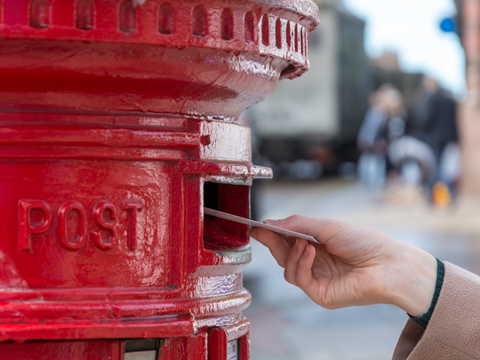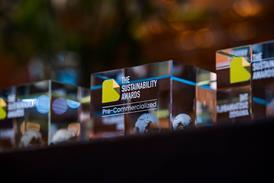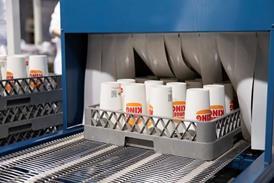
As part of a three-phase plan to digitize its vehicles, facilities and delivery routes, Royal Mail is utilizing Wiliot’s technology to ‘see’ its assets in real-time and use data to optimize operations.
The platform involves Internet of Things (IoT) Pixels, battery-free, digital tags that deliver business insight without human intervention. The IoT Pixels are powered by radio waves and communicate constantly over industry-standard Bluetooth.
Phase one of Royal Mail’s initiative included applying IoT Pixels to its rolling ‘York’ mail cages. Apparently, the IoT Pixels communicate wirelessly and continuously to Bluetooth-enabled readers installed in Royal Mail vehicles, enabling tracking from loading, throughout transit and up to unloading without scanning.
The company has begun phase two, which involves installing Bluetooth-enabled readers within Royal Mail’s sorting and distribution facilities. Staff can track cages as they move through various sorting and staging phases in the buildings and in vehicles, enabling more granular visibility to unlock hidden problem areas and inefficiencies.
Royal Mail says it plans to use this foundation to apply the digital tags directly to parcels in the final phase, allowing the company and customers to track individual shipments in real time. It is hoped this will give customers with ‘unprecedented visibility’ into their deliveries and enhance trust and reliability by reducing instances of lost or delayed shipments.
According to Royal Mail, because IoT Pixels also sense temperature and humidity, it will be able to offer new delivery products in growing markets such as shipping medical products, perishables, currencies, or high value items with proof of safe handling and chain of custody.
In similar news, at the start of 2025 Giesecke+Devrient has unveiled its reusable, ‘ultra-thin’ G+D Smart Label, which embeds IoT features into a package and enables location tracking, tamper protection, proof of delivery, and more. Developed alongside hardware partner Sensos, the label is designed to track parcel delivery and shipping, assist in fleet management, and monitor the movement of luxury goods.
This month DataLase and TamperTech joined forces to incorporate DataLase’s photonic printing technology into tamper tape, aiming to provide security, authentication and tracking in a single solution. The new product is said to eliminate the need for additional paper and plastic labels, conventional sealing tapes and traditional wet printing processes that rely on inks, solvents and other materials.
If you liked this story, you might also enjoy:
The ultimate guide to the Packaging and Packaging Waste Regulation in 2025
How are the top brands progressing on packaging sustainability?
Everything you need to know about global packaging sustainability regulation in 2025
The key to increasing the use of reusable packaging in supermarkets












No comments yet